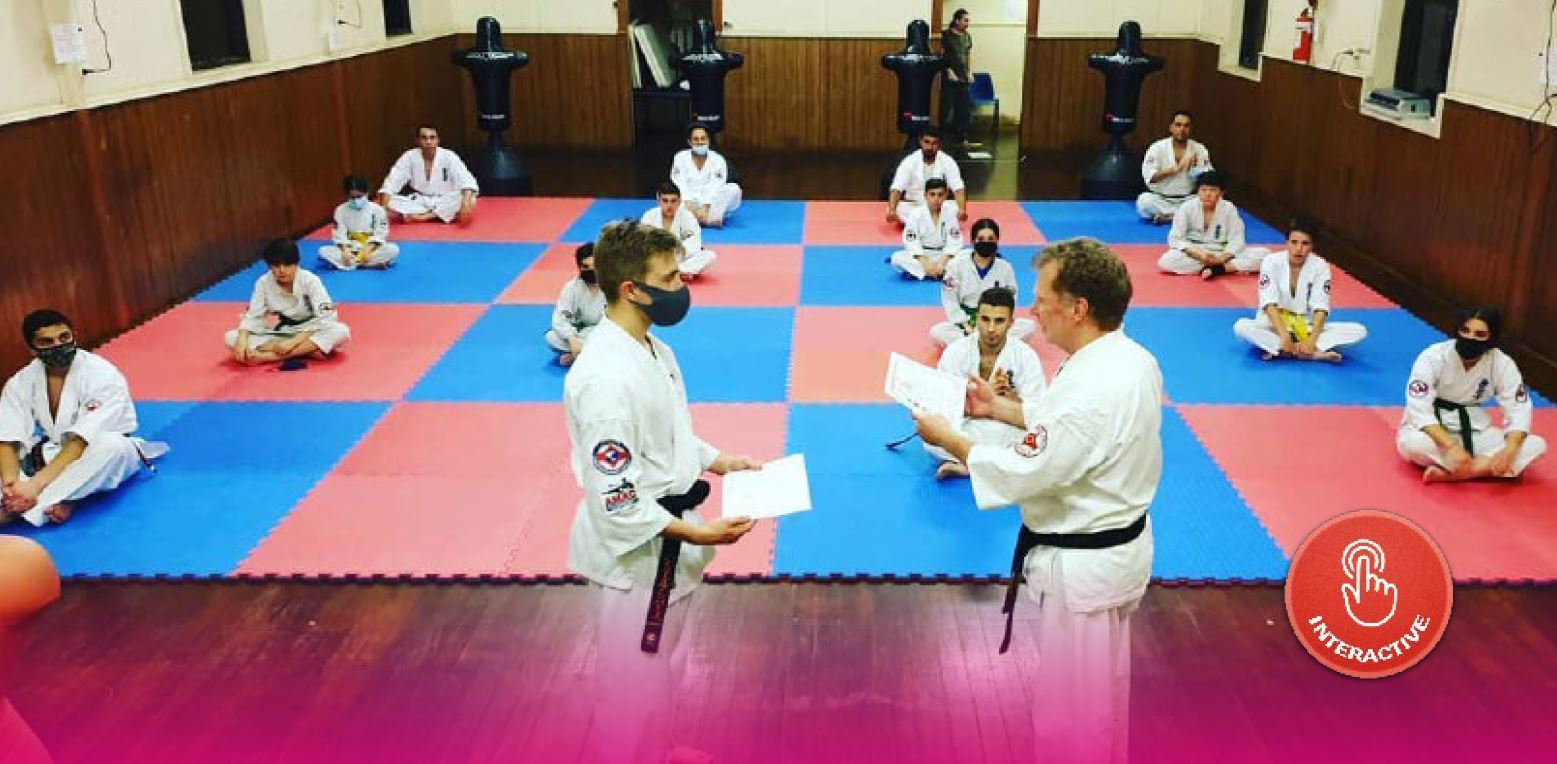One Thing In Common: A Love for Martial Arts By Dave Kovar - COLUMNIST
Every Martial Arts instructor has one thing in common: a love for the Martial Arts.
The passion your students see in your instruction is possibly the greatest reason they continue to attend your classes. Time and time again, we hear about the Martial Arts school that’s losing all their students to a competitor, and the reason why?
The instructors didn’t relay the love they had for the curriculum to their students. On the other hand, we have schools filled with students excited to come to class to see their favourite instructor. Whether it’s in the big hugs or the countless stick figure drawings of your team, you’ll definitely know the impact you’re making on a student.
For our instructors to become positive role models, we owe it to our students and to ourselves to develop an instructor training program. Having assistant instructors alongside your team of certified instructors will improve your program in more ways than one.
The student to instructor ratio automatically decreases. When there are more eyes on the mat, the instructors are less stressed, and happy instructors lead happy students. Not to mention, the parents on the sidelines can see an immediate difference in ease of instruction.

If you’re thinking of starting a new instructor training program, as you should, consider the list of recommendations below.
10 Recommendations for an Instructor Training Program:
1. Be sure to create a name of your instructor training program.
2. Have a Curriculum - list all of the skills - required for your instructors.
For example:
How to start class
How to do your warm up
How to end class (pre-frame the next class)
How to demonstrate the curriculum
How to break down a move (Isolate and Exaggerate) How to disguise repetition How to make corrections Three touch rule
3. Make levels of required skills for instructors to advance and improve.
From example above.
Level 1 being basic instructor skills, the must-have’s.
Level 2 goals are developing enough skill that the assistant instructor can take a small group of students during a break-out in curriculum.
Level 3 goals are to developing enough skill that an instructor, no longer an assistant, can run an entire class.
4. Establish the frequency for your instructor training class. Twice a month is ideal, but you will need to provide feedback to your training students between classes.
5. Decide who will teach the training class. I recommend a senior instructor teaching the class at the start of program.
6. Set additional requirements to be in the instructor training program.
7. Your current instructors will also need to restructure their classes to be able to take advantage of your instructors in training. If the trainees don’t feel their time is being used efficiently they will stop showing up.
8. Determine if you will charge anything for this program. It works well for us that we don’t charge.
DAVE KOVAR
Kovar Systems is dedicated to providing proven products and systems to help owners and operators run their schools
at peak efficiency. Since 1994, Dave Kovar and his team have been providing innovative products and services to the martial arts industry.
Martial Arts Masters Blog
Martial Arts Australia has been operating for over 30 years and has become the largest and most respected association in Australia. With the largest membership and services it acts as a 'One Stop Shop' for instructors / club owners and for consumers to find a professional club to train. Its services reduce costs of club owners providing business assets and discounts to essential products such as club software, insurance, websites, billing graphic design, video production, instructor education and much more
Contact info
OFFICE:
Unit 6 / 12 Henderson Road Knoxfield, VICTORIA, AUSTRALIA (Meetings By Appointment)
POSTAL:
PO Box 2057 Blackburn South 3130 VICTORIA, AUSTRALIA
Public Liability Insurance (Clubs & Gyms)
Club Management Software
Kapow Web Design
Direct Debit Billing - Fee Collection
CUSTOMER SERVICE
EXTRA RESOURCES
ClubManager Software
-
Student Billing -
Martial Arts Insurance -
Martial Arts Australia Insurance Services -
Promotional Videos
-
Martial Arts Universities
-
Martial Arts Coaching Courses
This Website is Powered and Built by Kapow Web Design




